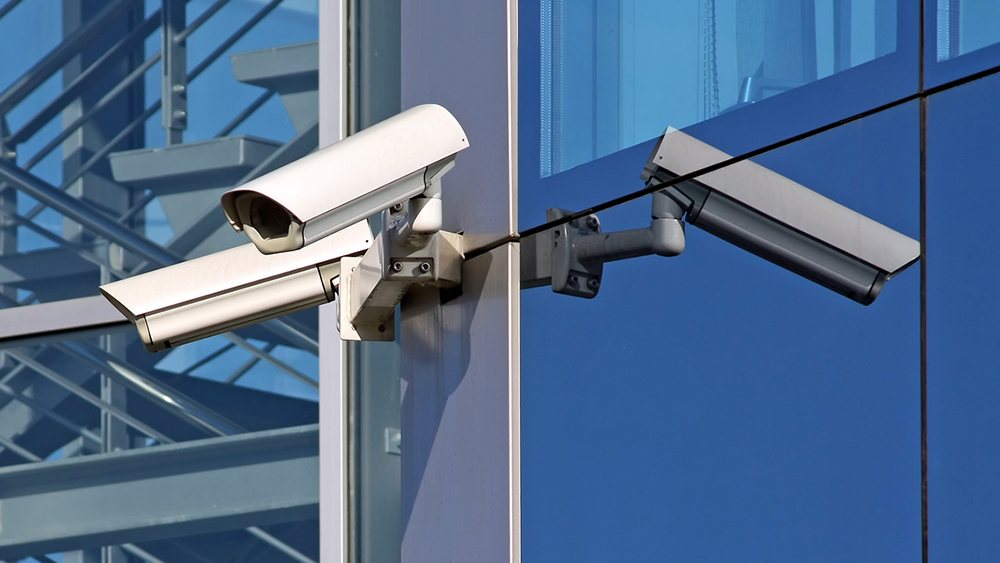Critical flaw in IoT camera system could lead to remote takeover
Network video recorder vulnerability could allow hackers to steal sensitive video recordings


Security researchers have discovered a bug in a network security camera that hackers could exploit to steal sensitive video recordings.
Nozomi Networks researchers said a critical remote code execution (RCE) vulnerability (CVE-2021-32941) in the web service of the Annke N48PBB network video recorder (NVR) might result in the loss of confidentiality, integrity, and availability of the device itself, as well as the data stored inside it.
They warned various outcomes could potentially include a loss of employee privacy, a loss of confidentiality regarding valuable assets, or a shutdown of the NVR at will.
The NVR contains a web-based dashboard that allows legitimate operators to watch live streams from network cameras and play video content stored on the device. Administrators can also use this control panel to carry out maintenance on connected cameras or set alerts for cameras to detect specific events.
The N48PBB NVR playback functionality allows any user to search stored camera footage. Researchers noted that while fuzzing all possible fields of the HTTP request looking for security vulnerabilities, they noticed that sending a start time with trailing arbitrary characters, such as “AAAAAAAAAA…,” would immediately cause the device to close the connection (without even sending an HTTP response), and initiate a reboot.
“Later, tests proved that this condition was systematically reproducible: a Denial-of-Service (DoS) vulnerability was found,” said researchers. They added this was a strong hint of an underlying memory corruption issue, which could lead to more severe impacts.
Further investigations found that this memory corruption bug, initially classified as a DoS, is a remote code execution (RCE) flaw with root privileges.
Get the ITPro daily newsletter
Sign up today and you will receive a free copy of our Future Focus 2025 report - the leading guidance on AI, cybersecurity and other IT challenges as per 700+ senior executives
“If exploited, this vulnerability could potentially lead to a full compromise of the device,” said researchers.
As the search functionality is accessible to all device users by default, the vulnerability could be exploited on unpatched NVRs by malicious operators, or users, to elevate their system privileges. Researchers added the vulnerability could be exploited indirectly by external attackers in “drive-by download” attacks.
“It is sufficient for an administrator, operator, or user to browse a specifically crafted webpage, while simultaneously logged in to the web interface of the device, to potentially cause the execution of external malicious code on the device itself,” said researchers.
Nozomi Networks disclosed the flaw to Annke in July with the firm issuing a fix 11 days later.
Rene Millman is a freelance writer and broadcaster who covers cybersecurity, AI, IoT, and the cloud. He also works as a contributing analyst at GigaOm and has previously worked as an analyst for Gartner covering the infrastructure market. He has made numerous television appearances to give his views and expertise on technology trends and companies that affect and shape our lives. You can follow Rene Millman on Twitter.
-
 Bigger salaries, more burnout: Is the CISO role in crisis?
Bigger salaries, more burnout: Is the CISO role in crisis?In-depth CISOs are more stressed than ever before – but why is this and what can be done?
By Kate O'Flaherty Published
-
 Cheap cyber crime kits can be bought on the dark web for less than $25
Cheap cyber crime kits can be bought on the dark web for less than $25News Research from NordVPN shows phishing kits are now widely available on the dark web and via messaging apps like Telegram, and are often selling for less than $25.
By Emma Woollacott Published
-
 Hackers are targeting Ivanti VPN users again – here’s what you need to know
Hackers are targeting Ivanti VPN users again – here’s what you need to knowNews Ivanti has re-patched a security flaw in its Connect Secure VPN appliances that's been exploited by a China-linked espionage group since at least the middle of March.
By Emma Woollacott Published
-
 Broadcom issues urgent alert over three VMware zero-days
Broadcom issues urgent alert over three VMware zero-daysNews The firm says it has information to suggest all three are being exploited in the wild
By Solomon Klappholz Published
-
 Nakivo backup flaw still present on some systems months after firms’ ‘silent patch’, researchers claim
Nakivo backup flaw still present on some systems months after firms’ ‘silent patch’, researchers claimNews Over 200 vulnerable Nakivo backup instances have been identified months after the firm silently patched a security flaw.
By Solomon Klappholz Published
-
 Everything you need to know about the Microsoft Power Pages vulnerability
Everything you need to know about the Microsoft Power Pages vulnerabilityNews A severe Microsoft Power Pages vulnerability has been fixed after cyber criminals were found to have been exploiting unpatched systems in the wild.
By Solomon Klappholz Published
-
 Vulnerability management complexity is leaving enterprises at serious risk
Vulnerability management complexity is leaving enterprises at serious riskNews Fragmented data and siloed processes mean remediation is taking too long
By Emma Woollacott Published
-
 A critical Ivanti flaw is being exploited in the wild – here’s what you need to know
A critical Ivanti flaw is being exploited in the wild – here’s what you need to knowNews Cyber criminals are actively exploiting a critical RCE flaw affecting Ivanti Connect Secure appliances
By Solomon Klappholz Published
-
 Researchers claim an AMD security flaw could let hackers access encrypted data
Researchers claim an AMD security flaw could let hackers access encrypted dataNews Using only a $10 test rig, researchers were able to pull off the badRAM attack
By Solomon Klappholz Published
-
 A journey to cyber resilience
A journey to cyber resiliencewhitepaper DORA: Ushering in a new era of cyber security
By ITPro Published